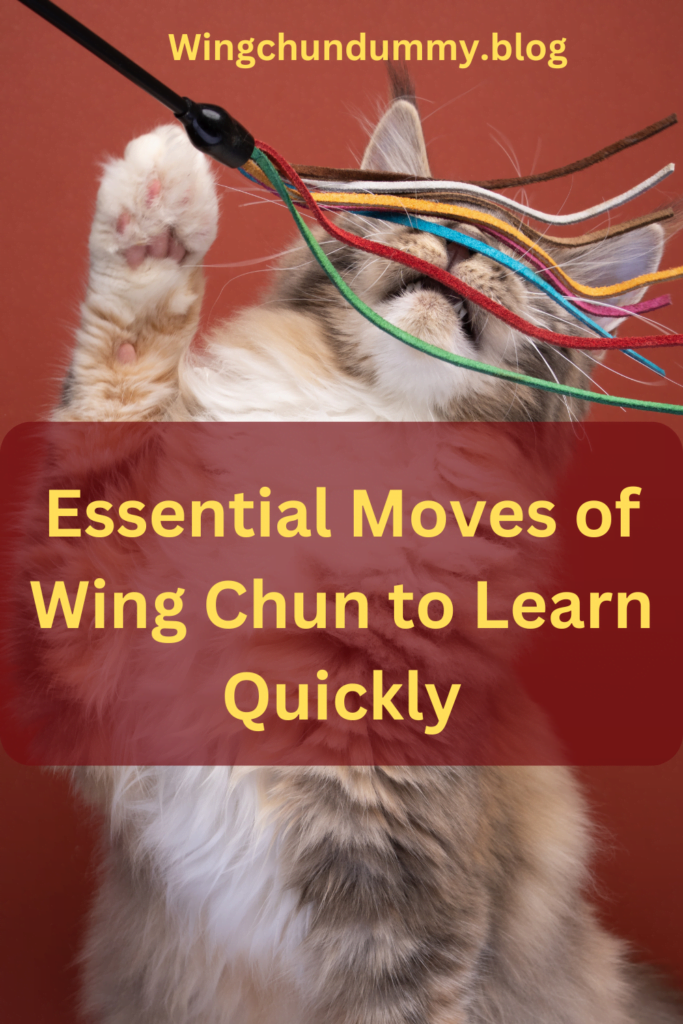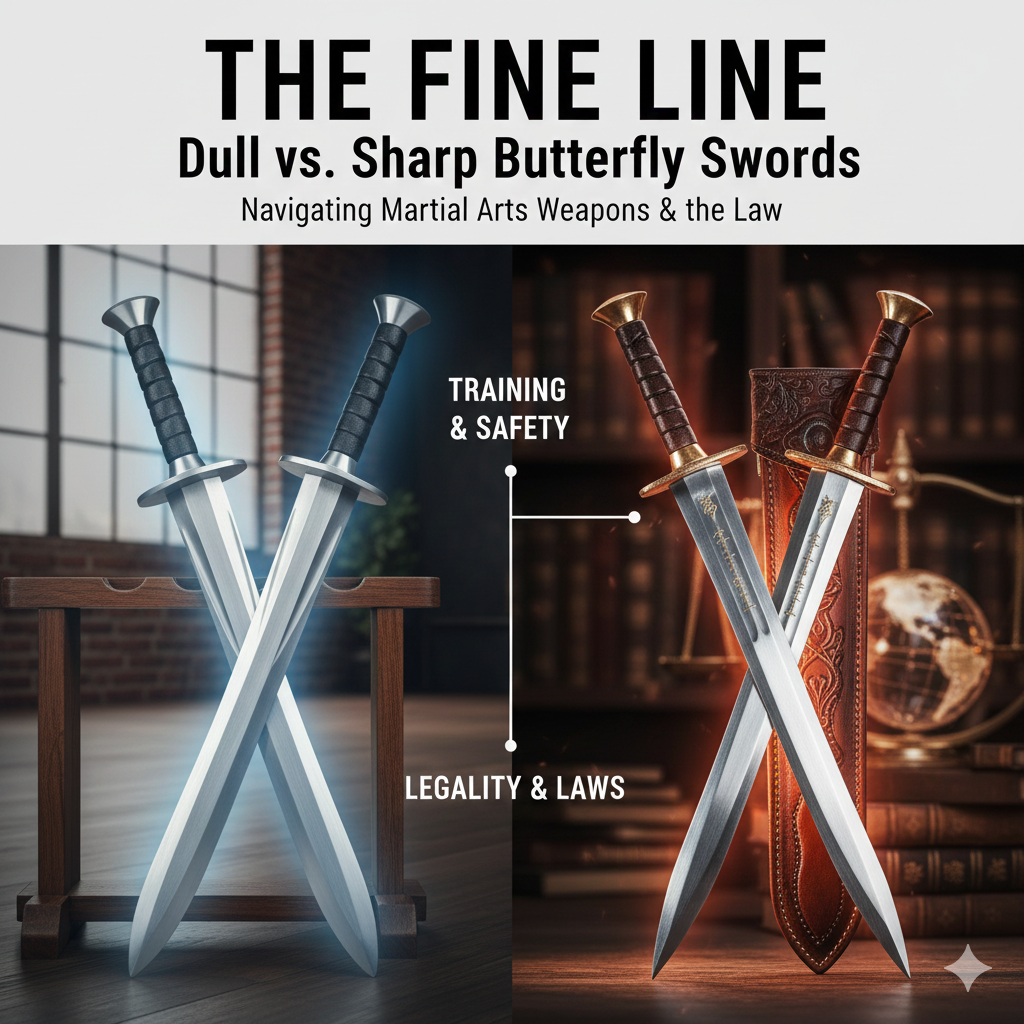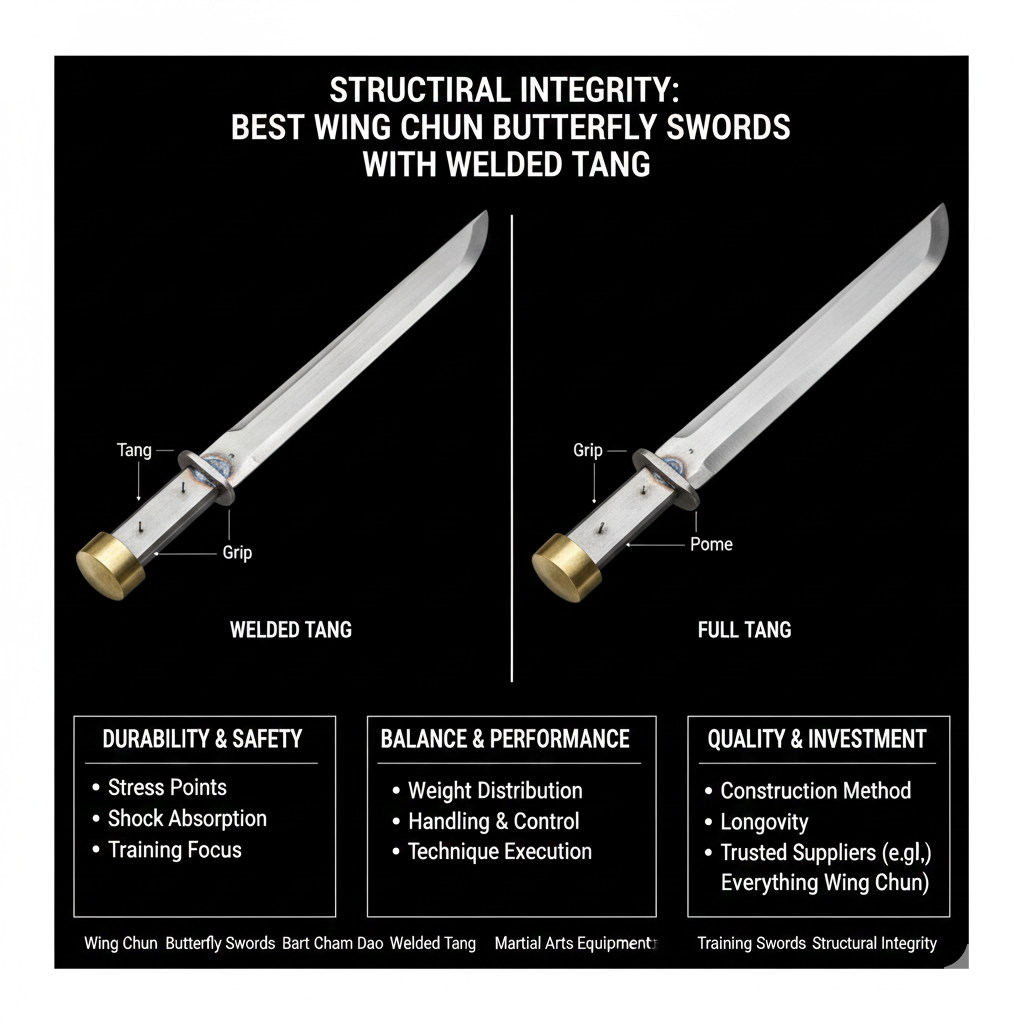Wing Chun is a traditional Chinese martial art that traces its origins back to the Southern Shaolin Temple.
Developed during the Qing Dynasty, Wing Chun focuses on close-quarters combat, making it highly effective for self-defense situations.
Unique among martial arts, Wing Chun emphasizes efficiency and economy of movement, principles that form the foundation of its philosophy.
The martial art’s core objective is to neutralize threats swiftly and efficiently, using the least amount of energy and movement necessary.
Unlike many other martial arts that emphasize broad, sweeping techniques or high-flying acrobatics, Wing Chun is characterized by its directness and simplicity.
The art utilizes linear movements and quick, successive strikes to overpower an opponent.
This approach not only conserves energy but also minimizes the time an opponent has to react, making Wing Chun particularly advantageous in real-world self-defense scenarios.
The philosophy behind Wing Chun is deeply rooted in the concept of economy of motion.
This means that every movement has a purpose, and there is no wasted effort.
Practitioners are taught to use their opponent’s energy against them, redirecting force rather than meeting it head-on.
This principle is reflected in core techniques such as the straight punch, centerline theory, and simultaneous attack and defense.
Another distinguishing feature of Wing Chun is its focus on close-quarters combat.
In contrast to martial arts that require a significant amount of space to execute techniques, Wing Chun is designed for confined spaces.
This close-range effectiveness makes it particularly suitable for urban environments, where encounters are likely to occur in tight quarters.
Overall, Wing Chun’s emphasis on efficiency, directness, and close-quarters effectiveness sets it apart from other martial arts.
Its practical approach to self-defense, combined with its rich historical background, makes it an invaluable discipline for those seeking to enhance their personal safety 🦺 and combat skills.
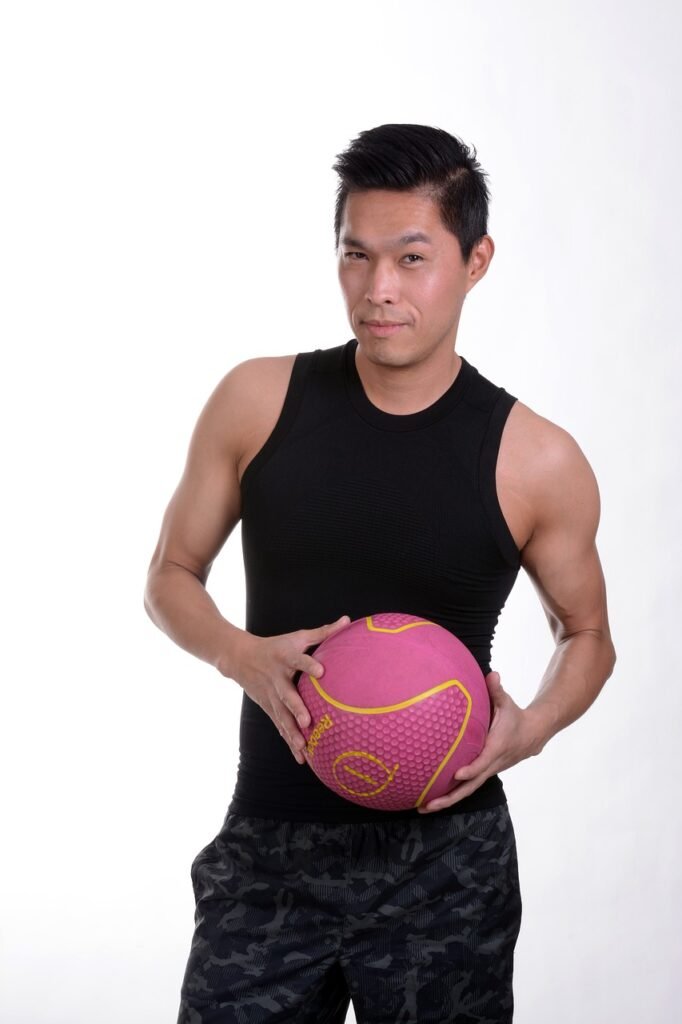
The Stance: Rooting for Stability
In Wing Chun, the foundation of all movements begins with a solid stance, known as Yee Jee Kim Yeung Ma.
This stance is crucial as it provides the necessary stability and balance to execute techniques effectively.
Proper positioning of the feet, knees, and body alignment is essential for maintaining this stability.

To assume the Yee Jee Kim Yeung Ma stance, start by placing your feet shoulder-width apart, with your toes pointing slightly inward.
This inward angle helps in distributing your weight evenly across both feet.
Next, bend your knees slightly, ensuring they are aligned with your toes.
The knees should be relaxed but firm, allowing for flexibility and readiness to move.
Your hips should be slightly tucked under, engaging your core muscles for additional support.

This alignment helps in maintaining a low center of gravity, which is pivotal in Wing Chun for both offensive and defensive maneuvers.
Aligning your upper body is equally important.
Your spine should be straight, with your shoulders relaxed and pulled back slightly.
This posture not only aids in balance but also ensures that your movements are fluid and controlled.
Your arms should be positioned in front of your body, with your elbows slightly bent and your hands ready to engage.
This arm positioning allows for quick responses to any incoming attacks while maintaining the overall balance of your stance.
A strong stance in Wing Chun is foundational because it serves as the base from which all other techniques are executed.
Without a stable stance, movements can become uncoordinated and ineffective.
The Yee Jee Kim Yeung Ma stance ensures that your body remains rooted, providing the necessary support to generate power in strikes and maintain control during defensive actions.
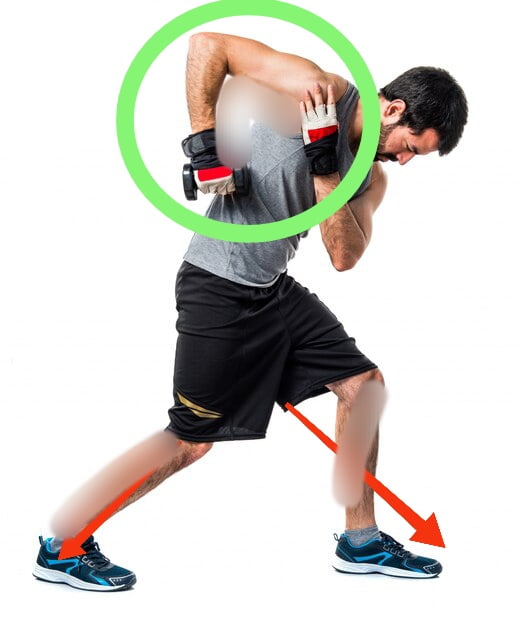
Mastering this stance is the first step in building a solid Wing Chun practice.
enabling practitioners to perform other moves with precision and confidence.
Basic Hand Techniques: Strikes and Blocks
Wing Chun, a traditional Chinese martial art, is renowned for its efficient and practical hand techniques.
Among the most fundamental strikes is the straight punch, commonly referred to as the Yip Man Punch.
This technique emphasizes directness and speed, aiming to deliver forceful impact to an opponent’s central line.
The correct form involves aligning the fist with the forearm, ensuring that the punch travels along a straight path to its target, minimizing telegraphing and maximizing precision.
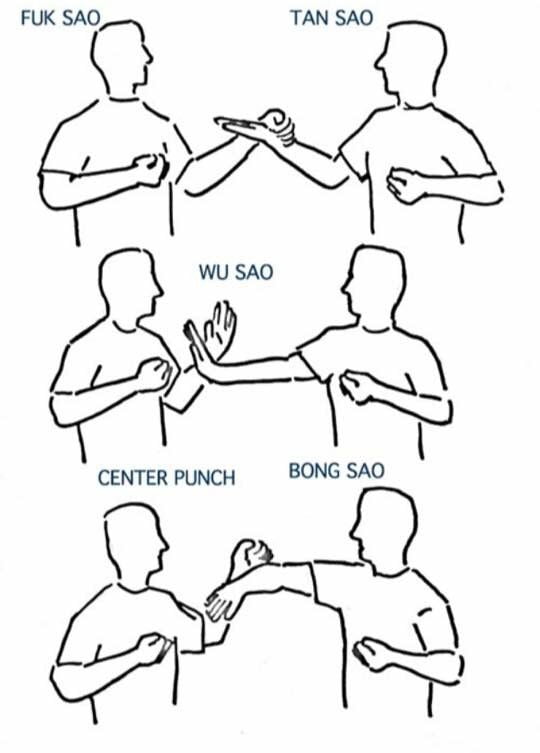
Another essential strike is the palm strike, which utilizes the heel of the palm to generate significant force.
This technique is particularly effective in close-quarters combat, targeting vulnerable areas such as the chin or nose.
The mechanics of the palm strike involve a quick extension of the arm coupled with a slight upward motion.
allowing for powerful and controlled impact.
In addition to strikes, Wing Chun’s blocking techniques play a critical role in its defensive strategy.
The Tan Sau, or spreading hand, is a versatile block that redirects an opponent’s attack away from the body’s centerline.
Proper execution of Tan Sau requires the arm to be slightly bent, with the palm facing upward, creating a stable structure to deflect incoming strikes.
The Bong Sau, known as the wing arm, is another fundamental block used to intercept and deflect attacks.
This technique involves raising the arm with the elbow bent, forming a wing-like shape.
The Bong Sau is particularly effective against high or mid-level strikes, utilizing the forearm to absorb and redirect force.
Lastly, the Fook Sau, or bridging hand, serves both offensive and defensive purposes.
This technique involves placing the hand on the opponent’s arm, maintaining constant contact to control and manipulate their movements.
The Fook Sau is essential for applying the principle of simultaneous attack and defense, a core tenet of Wing Chun.
Mastering these basic hand techniques of strikes and blocks is crucial for anyone looking to quickly learn and effectively apply Wing Chun in self-defense scenarios.
Each technique, when practiced diligently, enhances one’s ability to respond swiftly and efficiently in various combat situations.
Chi Sau: The Sticky Hands Drill
Chi Sau, commonly referred to as the “Sticky Hands Drill,” is a cornerstone of Wing Chun training.
This unique exercise is designed to enhance a practitioner’s sensitivity and reflexes.
enabling them to respond instinctively to an opponent’s movements.
The primary objective of Chi Sau is to train the practitioner’s ability to maintain contact with the opponent’s arms and to feel and react to subtle changes in pressure and positioning.
This heightened sensitivity is crucial for effective close-quarters combat, where split-second decisions can make a significant difference.
To perform Chi Sau, two practitioners face each other, each maintaining a relaxed stance with their arms extended and slightly bent at the elbows.
The drill typically begins with the practitioners establishing a rolling motion, known as Poon Sau.
where their forearms rotate in circular patterns while maintaining light contact.
This rolling motion serves as the foundation for developing the sensitivity required for Chi Sau.
As the drill progresses, practitioners engage in various techniques and counter-techniques, all while striving to maintain the ‘sticking’ contact with their opponent’s arms.
The concept of ‘sticking’ is central to Chi Sau.
By keeping constant contact with the opponent’s arms, practitioners can detect minute shifts in pressure and direction.
allowing them to respond quickly and effectively.
This continuous feedback loop trains the nervous system to react without conscious thought.
Honing the practitioner’s reflexes and enhancing their ability to control the centerline — a key principle in Wing Chun.
Additionally, Chi Sau helps develop attributes such as balance, coordination, and timing.
All of which are essential for effective martial arts practice.
Overall, Chi Sau is more than just a training drill; it is a dynamic exercise that builds both physical and mental acuity.
By regularly practicing Chi Sau, Wing Chun practitioners can significantly improve their ability to read and counter an opponent’s movements, making it an indispensable part of their martial arts repertoire.
Footwork: Mobility and Positioning
Footwork holds a pivotal role in Wing Chun, serving as the foundation for maintaining balance, positioning, and evasion during combat.
Effective footwork enables practitioners to maneuver swiftly, maintaining stability while simultaneously positioning themselves advantageously against an opponent.
In Wing Chun, several fundamental steps form the core of this mobility, each contributing to efficient movement and precise control of distance.
The advancing step, or “Juen Ma,” is crucial for closing the gap between oneself and the opponent.
This step involves a forward movement executed with a smooth glide.
Ensuring that the body’s center of gravity remains stable.
By mastering the advancing step, practitioners can swiftly approach their adversary.
readying themselves for an offensive strike while maintaining their balance.
Conversely, the retreating step, known as “Toi Ma,” is essential for creating space and evading incoming attacks.
This backward movement enables a practitioner to withdraw quickly and safely from an opponent’s reach.

Proper execution of the retreating step ensures that the practitioner can maintain their defensive posture while preparing to counter-attack or reposition strategically.
Equally important is the side step, or “Huen Ma,” which allows for lateral movement.
This step is vital for evading linear attacks and finding new angles of approach.
By shifting to the side, a practitioner can dodge strikes and exploit weaknesses in an opponent’s defense.
The side step enhances the fluidity of movement.
Ensuring that the practitioner remains elusive and unpredictable.
Proper footwork in Wing Chun is not merely about moving efficiently but also about controlling the distance between oneself and the opponent.
It allows practitioners to dictate the pace of the fight.
Ensuring that they remain within an optimal range for both attack and defense.
Through diligent practice, mastering these fundamental steps equips Wing Chun practitioners with the agility and precision required to excel in combat.
making footwork an indispensable element of this martial art.
Deflecting and Redirecting Force
In Wing Chun, the principle of deflecting and redirecting force is fundamental to its effectiveness.
Unlike many martial arts that involve meeting force with force.
Wing Chun focuses on using the opponent’s energy against them.
This is achieved through techniques that aim to control and neutralize attacks with minimal exertion of one’s own energy.
One of the primary techniques for deflecting force is Pak Sau, or the slapping hand.
The Pak Sau is executed with a quick, lateral motion, redirecting the opponent’s strike away from its intended target.
This move not only neutralizes the attack but also creates an opening for a swift counter-attack.
For instance, when an opponent throws a punch, a well-timed Pak Sau can deflect the punch, allowing you to follow up with a strike to their exposed side.
Another essential technique is Lap Sau, or the pulling hand.
The Lap Sau involves grabbing or hooking the opponent’s arm and pulling it away from its intended path.
This technique disrupts the opponent’s balance and exposes them to further strikes.
The Lap Sau is particularly effective when combined with simultaneous counter-attacks.
capitalizing on the opponent’s momentary vulnerability.
Both Pak Sau and Lap Sau illustrate the core Wing Chun principle of using minimal force to control an opponent.
By deflecting and redirecting attacks rather than blocking them head-on.
practitioners can conserve energy and maintain a strategic advantage.
This approach not only minimizes the risk of injury but also maximizes the efficiency of each movement.
Ultimately, mastering the techniques of deflecting and redirecting force enables Wing Chun practitioners to handle aggressive opponents with grace and precision.
By integrating Pak Sau and Lap Sau into their repertoire.
students can develop a fluid and responsive fighting style that emphasizes control and efficiency over brute strength.
This adherence to minimal force and strategic redirection is what makes Wing Chun a uniquely effective martial art.
Forms: The Three Pillars of Wing Chun
Wing Chun, a renowned martial art, is built upon three primary forms that serve as the foundation for all techniques and movements: Siu Nim Tao, Chum Kiu, and Biu Jee.
Each of these forms plays a crucial role in developing the skills necessary for proficiency in Wing Chun.
Siu Nim Tao, or “Little Idea Form,” is the first and most fundamental form in Wing Chun.
It focuses on the basics of stance, structure, and simple hand movements.
Practitioners learn to maintain a stable stance, cultivate relaxation, and develop a strong centerline.
Siu Nim Tao emphasizes the importance of precision and control, laying the groundwork for more advanced techniques.
By practicing this form, students build muscle memory and internalize the essential principles of Wing Chun.
Chum Kiu, meaning “Seeking the Bridge,” is the second form and introduces more complex movements.
This form teaches practitioners to bridge the gap between themselves and an opponent.
integrating footwork, turning, and coordination of the upper and lower body.
Chum Kiu trains students to generate power through body mechanics.
enhancing their ability to deliver effective strikes and defend against attacks.
This form also helps to improve balance and agility, essential components in real-world combat scenarios.
Biu Jee, or “Thrusting Fingers,” is the third and most advanced form in Wing Chun.
It incorporates techniques for emergency situations, focusing on recovery.
striking from unconventional angles, and using explosive energy.
Biu Jee teaches practitioners to adapt to unexpected circumstances and develop a higher level of flexibility and responsiveness.
This form is essential for refining and perfecting the skills learned in Siu Nim Tao and Chum Kiu, pushing the boundaries of a practitioner’s capabilities.
Practicing these forms is crucial for internalizing Wing Chun techniques and building muscle memory.
Through repetitive practice, students engrain the movements into their muscle memory.
allowing for spontaneous and effective application in real-life situations.
The forms also provide a structured means of progressing from basic to advanced techniques.
ensuring a comprehensive understanding of Wing Chun’s principles and applications.
Practical Application and Sparring
Applying Wing Chun techniques in real-life self-defense situations and sparring requires a seamless transition from controlled drills to dynamic practice.
The core principles of Wing Chun —
- centerline theory
- economy of motion
- attack
- defense
— must be practiced rigorously to ensure they can be executed instinctively under pressure.
Timing is a critical aspect of effective Wing Chun application.
Proper timing allows a practitioner to intercept an opponent’s attack while maintaining an advantageous position.
Regularly practicing with a partner can significantly enhance one’s ability to judge timing.
as each sparring session introduces variable speeds and rhythms, mirroring real-life scenarios.
Equally important is distance management.
Maintaining the optimal distance ensures that you can strike effectively while minimizing the risk of counterattacks.
Wing Chun’s trapping range is particularly effective for close-quarters combat, where rapid, precise movements can incapacitate an opponent.
Drills like Chi Sau (sticking hands) help develop the sensitivity and reflexes needed to control distance and maintain contact with the opponent’s limbs.
Adaptability is another cornerstone of Wing Chun.
Real-life encounters are unpredictable, and rigid adherence to preset movements can be detrimental.
Instead, practitioners should focus on the principles and adapt their techniques to the situation at hand.
This adaptability is best cultivated through varied sparring sessions where different scenarios and opponents challenge your skills.
Regular sparring practice is essential to test and refine Wing Chun techniques under pressure.
It provides a realistic environment to apply learned skills dynamically, highlighting areas for improvement.
Sparring also builds mental resilience.
ensuring that a practitioner remains calm and focused during confrontations.
By consistently engaging in sparring.
Wing Chun practitioners can develop the proficiency and confidence needed to handle real-life self-defense situations effectively.

